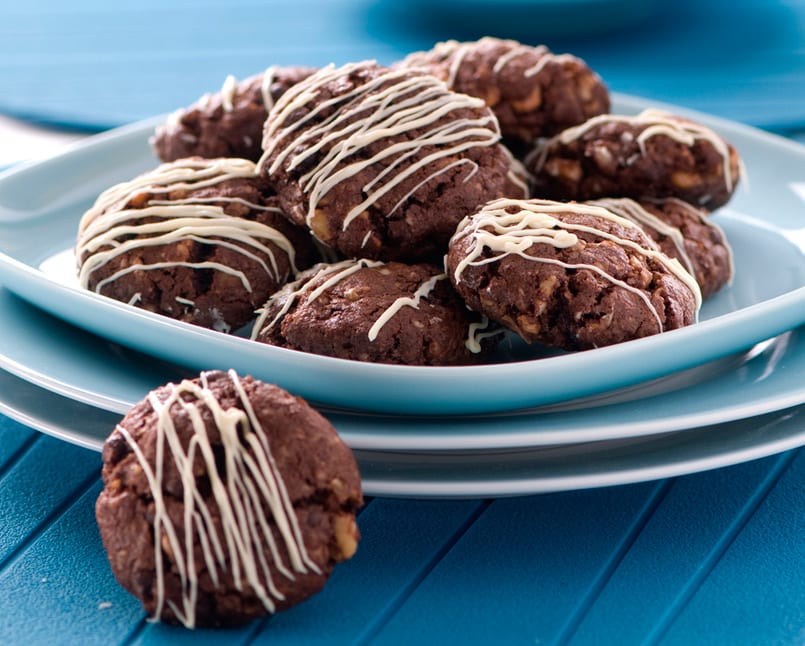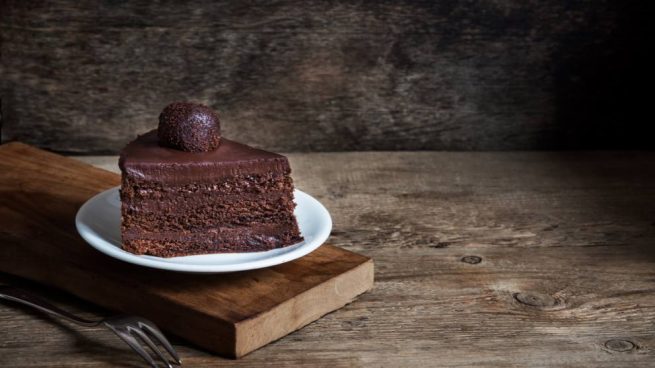Gluten-free chocolate is pure, unsweetened chocolate. This is due to the fact that pure chocolate is manufactured by liquefying roasted cacao beans. Gluten, a protein present in the cereal’s wheat, barley, and rye, is not found in cacao beans and has no function in the liquefying process.
However, practically every chocolate confection on the market comprises various components and is produced in conjunction with other items, which is where gluten can enter. You should be especially cautious of:
Chocolate candy flavoured chocolate sin gluten with cookie or pretzel bits. Because gluten is commonly found in cookies and pretzels, this sort of confectionery nearly always contains gluten.”Crispy” chocolate candy made with wheat flour and/or barley malt (two gluten-containing ingredients).Chocolate candy produced on machinery that simultaneously produces gluten-containing food.Continue reading for more information on how chocolate is manufactured and which varieties are gluten-free.

Why Isn’t All Chocolate Gluten-Free?
Yes, gluten-free chocolate is manufactured from roasted cacao beans. However, it does not taste very nice. Indeed, some claim that it tastes a little like dirt.
To create the purest version of the sweetened, smooth confection we know as chocolate, producers combine “chocolate liquor” (which isn’t alcoholic—just it’s liquefied cacao beans, also known as cocoa mass) with cocoa butter (fat from the cacao beans) and sugar.
Some of the best chocolates on the market have only these three components, and it is this combination that makes chocolate such a flavor experience. Powdered milk is the only extra ingredient in the finest milk chocolates.
Nonetheless, much of what we think of as chocolate comprises far more than those three or four components. In reality, Hershey’s Milk Chocolate Bar, one of the most popular candy bars on the market, includes 11 components, the first two of which are sugar and milk, not chocolate or cocoa butter.
How Does Gluten End Up in Chocolate?
Even pure, unsweetened chocolate can contain gluten if it has been exposed to gluten cross-contamination during harvesting or processing. (For example, if the cocoa beans are processed on the same machinery as wheat, barley, or rye.)Unfortunately, the odds of your chocolate being gluten only increase from there. The more components utilized in your chocolate or in the facility where your chocolate is made, the bigger the danger.Obviously, some chocolate confectionery goods include gluten, either in the form of wheat (most commonly in chocolate-cookie confections) or barley malt (a popular sweetener frequently used in candy, especially in crispy rice and malted confections).





